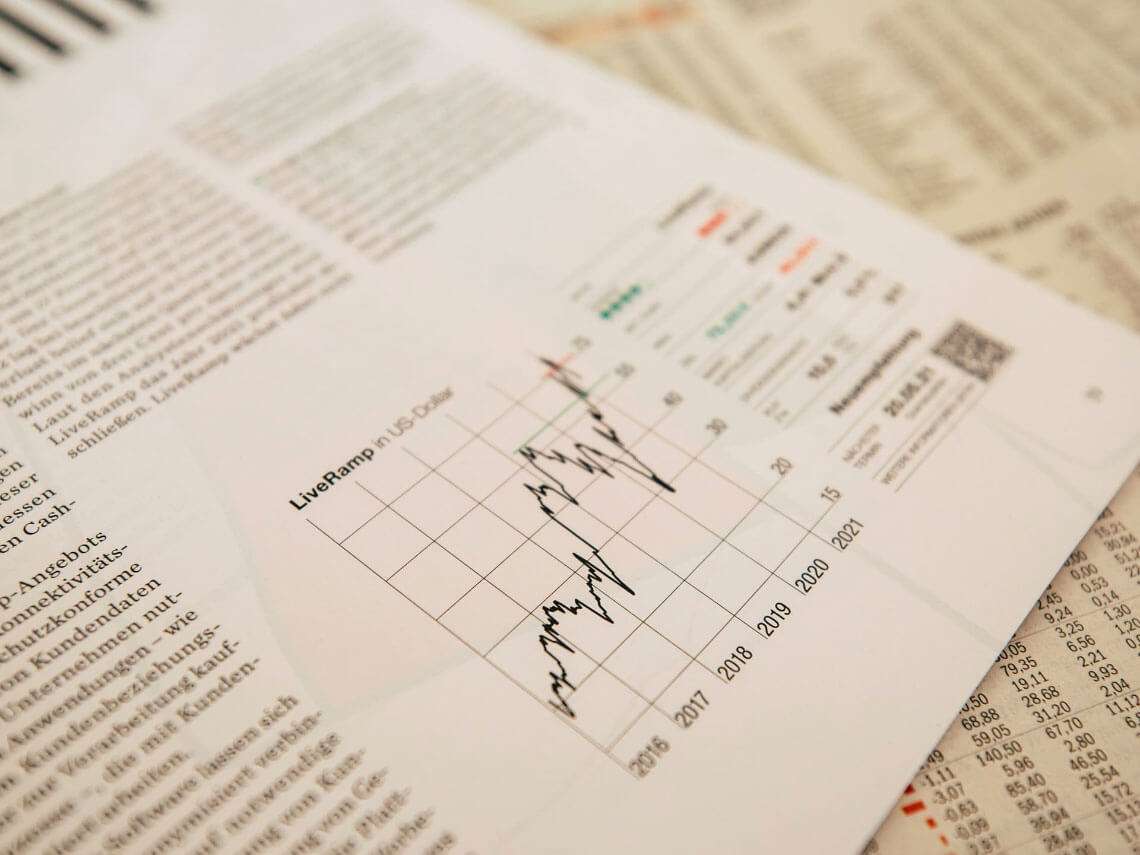Innovation in India – an overview from an investor’s perspective (Gastbeitrag)
- 25. Juni 2013
- Veröffentlicht durch: Wolfgang Bergthaler
- Kategorie: Innovation, Indien 2020

Gastbeitrag von Sanjay Anandaram, Entrepreneur und Investor (aus meinem Buch Indovation: Produkte für den indischen Markt erfolgreich entwickeln und verkaufen)

Several million people travel each day by the local trains in Mumbai, India’s financial capital. Many of these millions travel without purchasing tickets and, when caught, pay the fine of a few hundred rupees. The fine of a few hundred rupees is a significant percentage of per-capita income of the travelling public yet are many people who would risk travelling without ticket as they gamble the low probability of getting caught. An innovative insurance mechanism therefore presented itself: what if for a low monthly fee, one could buy “insurance” for getting caught travelling ticketless? A ticketless traveller would pay a few rupees every month to the ‘insurance company” and happily travel ticketless every day. If caught, a call would be made to a number and an agent of the “insurance company” would arrive, pay the fine to the authorities and the traveller would be free to travel again!
“Give me a missed call when you arrive at the café and I will join you there” is what a friend said to me the other day. The missed call phenomenon is a uniquely Indian one. Not wanting to spend money on making a call or in sending a text message, a pre-arranged protocol of communication is agreed to. In this example, I would arrive at the café and call my friend and after a single ring, disconnect. My friend would see my name on his phone and know that I’ve arrived at the café. Two missed calls would perhaps indicate am running late and so on. Companies now take advantage of this “missed call” culture to conduct polls and research on products and customer behaviour (“Call this number with a missed call if you agree!” or “Give a missed call to this number if you like the product” or “give two missed calls or call this number if you don’t”).
In rural India, an agricultural pump diesel engine is fixed to a cart with a steering wheel and can carry up to 20 people. These vehicles don’t pay any road tax, as they don’t have any vehicle registration plates! The Mitticool green biodegradable refrigerator designed for use by rural Indians where there is no electricity and affordability. Using traditional materials like clay and basic principles of evaporation, Mitticool can store fruits and veggies for up to 5 days and dairy products for up to 2!
The somewhat apocryphal tale of the insurance scheme and the others capture the nature of a kind of innovation in India called “Jugaad” and now studied and discussed around the world captures the essence of frugal, improvised, opportunity and need based innovation to quickly address complex and expensive problems. Innovation is based on “value-engineering” and on the notion of a minimum viable product for delivering quality service at the right cost. Indian IT companies have innovated on their business models (globally distributed development) and HR practices (the ability to hire large number of people and rapidly train and deploy them on technical projects).
On the other hand, with the presence of international technology R&D companies in India from Europe, Japan and USA, a large number of Indian and multinational technologists, product managers and senior executives have moved to cities like Bangalore where leading edge innovation and technology based products are developed like the low cost, portable, small form factor ultra sound machines developed at GE’s Jack Welch Centre in Bangalore. Over time, many of these technologists have quit and started their own companies offering innovative low cost solutions in the areas of medical imaging, diabetes care, eye care, cardiac care and the like. With the ubiquity of mobile phones, a technology start up called Innoz offers the SMS based search services for the hundreds of millions of people without access to the mobile internet. The Tata Nano is another example of how imagination, unique needs of the Indian consumer, ingenuity led to the innovative creation of this car. Indian pharma companies are big players in the global generics area and are now moving into the creation of their own molecules.
India, for the first time in a long time, is now becoming a market as well. It is a continent sized economy with a large and increasingly aspirational population. It has the world’s largest number of young people. Given the large talent base, the opportunity, the increasing globalisation and natural dynamism and entrepreneurial energies, it is but a matter of time before more and more Indian innovations are visible on the global stage. “Reverse innovation” is now taking place from India to the developed economies with companies like Unilever, P&G to Philips and others applying their learnings and experiences from India to the rest of the world.
Understanding Indian innovation and taking advantage of its attributes, requires the junking of the dominant logic of over-designing a product. It requires flexibility adaptability, value-for-money and quality. The amazing diversity, consciousness of substance over form and pricing needs to be well understood
. Innovation across the value chain from sourcing to R&D to manufacturing to hiring to marketing to customer service is possible from the lessons that India offers. Large German companies like Mercedes Benz and Bosch have been experiencing this. Perhaps more should?
Von Sanjay Anandaram: entrepreneur, investor and corporate executive
Sanjay Anandaram has more than twenty four years of experience as an entrepreneur, investor and corporate executive. As a passionate advocate of entrepreneurship, he is a mentor, board member and occasional angel investor in startups in India and the US. He is also a venture partner with Seed Fund, an advisor to Ojas Ventures and an investment committee member at Ennovent, a social venture fund.
Sanjay is a founding partner of JumpStart Up Venture Fund, a pioneering early stage US-India cross border VC fund set up in 2000 that invested in technology and technology enabled businesses.
Sanjay writes and speaks frequently on startups, innovation and entrepreneurship. He writes for the Wall Street Journal (India Chief Mentor), The Financial Express and various magazines and blogs. He teaches Business Plan Workshop as a visiting faculty at INSEAD business school, Singapore campus. He is a Charter member of TiE Bangalore where he co-chairs entrepreneurship acceleration and education initiatives, is a member of NASSCOM initiatives in innovation and entrepreneurship, an advisor to NSRCEL-IIMB, a senior advisor to National Entrepreneurship Network (NEN), has been a working group member of the Indo-US Council on Entrepreneurship in Academia. He’s also member of the Expert Panel of the Technology Development Board, Dept of Science & Technology, Govt of India.
http://www.insead.edu/facultyresearch/faculty/profiles/sanandaram/
